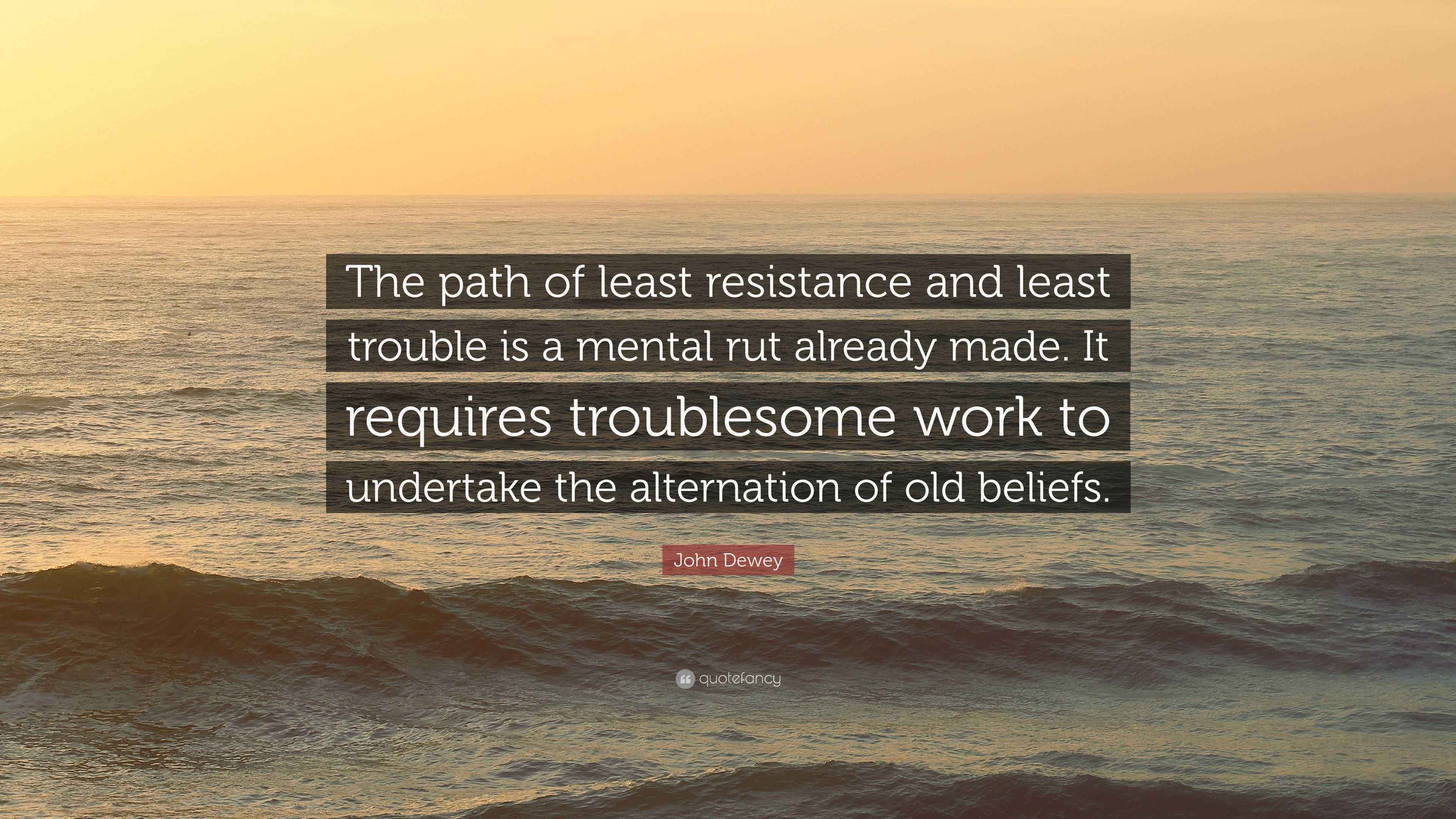Lesson 10: Conjunction and Disjunction
What you’ll learn in this lesson:
- The definition of the conjunction and disjunction operators
- How these operators are used to determine truth value of compound statements
 As we’ve been learning in the last couple of lessons, operators can be used to join simple statements to make compound statements. A statement operator operates on the truth value of simple statements (or other compound statements) to create a truth value for the compound statement as a whole. In this lesson, we’ll more closely at the conjunction and disjunction operators and learn how to symbolize the compound sentences they make up.
As we’ve been learning in the last couple of lessons, operators can be used to join simple statements to make compound statements. A statement operator operates on the truth value of simple statements (or other compound statements) to create a truth value for the compound statement as a whole. In this lesson, we’ll more closely at the conjunction and disjunction operators and learn how to symbolize the compound sentences they make up.
Note: for each of the operators we’ll learn, the operator can operate on simple statements or the truth value of a compound statement. In the examples for this lesson, we’ll just use simple statements to make the idea clearer. We’ll talk about how operators work on the truth value of compound statements in the lesson, "Operator of the Largest Scope".
Conjunction
A conjunction is a compound statement made up of two or more simple or compound statements each joined by the conjunction operator ‘and’.
Parts of a conjunction: Each simple or compound statement in a conjunction is called a conjunct
Conjunction Rule: In order for the compound statement as a whole to be true, each simple statement or compound statement has to be true otherwise it’s false.
Symbol: Ampersand (&) or dot (·) (Unicode: 00B7). You can use either symbol for conjunction and logic textbooks will vary.
Example: For the two simple statements:
| Statement | Symbol | Truth Value |
|---|---|---|
| I sat on a see-saw | S | True |
| I rode down a slide | R | False |
The conjunction would be written, I sat on a see-saw and I rode down a slide and would be symbolized as S & R (or S · R). Since S is true and R is false, the truth value of the compound statement as a whole is false.
The following table represents the truth value of the conjunction under each possible truth condition.
| S | & | R |
|---|---|---|
| true | true |
true |
| true | false |
false |
| false | false |
true |
| false | false |
false |
It is possible to join more than two simple statements with a conjunction operator. However, even if you had a conjunction that included 15 simple statements, if one simple sentence is false, the entire conjunction is false.
Disjunction
A disjunction is a compound statement made up of two or more simple or compound statements each joined by the disjunction operator ‘or’.
Parts of a disjunction: Each simple or compound statement in a disjunction is called a disjunct
Disjunction Rule: In order for the compound statement as a whole to be true, at least one simple or compound statement has to be true otherwise the disjunction is false.
Symbol: Wedge (v). This is the letter ‘v’ on your keyboard or Unicode symbol 0076.
Example: For the two simple statements:
| Statement | Symbol | Truth Value |
|---|---|---|
| I climbed the monkey bars | C | True |
| I swung on a swing | S | False |
The disjunction would be written, I climbed the monkey bars or I swung on a swing and would be symbolized as C v S. Since C is true, the disjunction as a whole is true.
The following table represents the truth value of the disjunction under each possible truth condition.
| C | v | S |
|---|---|---|
| true | true |
true |
| true | true |
false |
| false | true |
true |
| false | false |
false |
Note: In certain types of math or computer programming, there’s a type of or known as "exclusive or" or XOR which states that the entire statement is true only if each disjunct differs in truth value (one is true and one is false). The disjunction operator does not operate on simple statements like XOR. A disjunction is true if either disjunct is or both disjuncts are true and false only if both are false — sometimes called "inclusive or".
In the next lesson we’ll learn about two more operators and that will give us all the operators we need to start building and analyzing arguments.
Knowledge Check
Test your knowledge of the concepts in this lesson by taking this quiz. This is just an opportunity to evaluate your knowledge and how you’re learning. You can take the quiz as many times as you’d like by refreshing the page. Try to take the entire quiz without hints or showing the answers first. Once you get your score, take the quiz again and show the hints or answers on the questions you missed so you can review the material.
Copyright© Philosophy News







